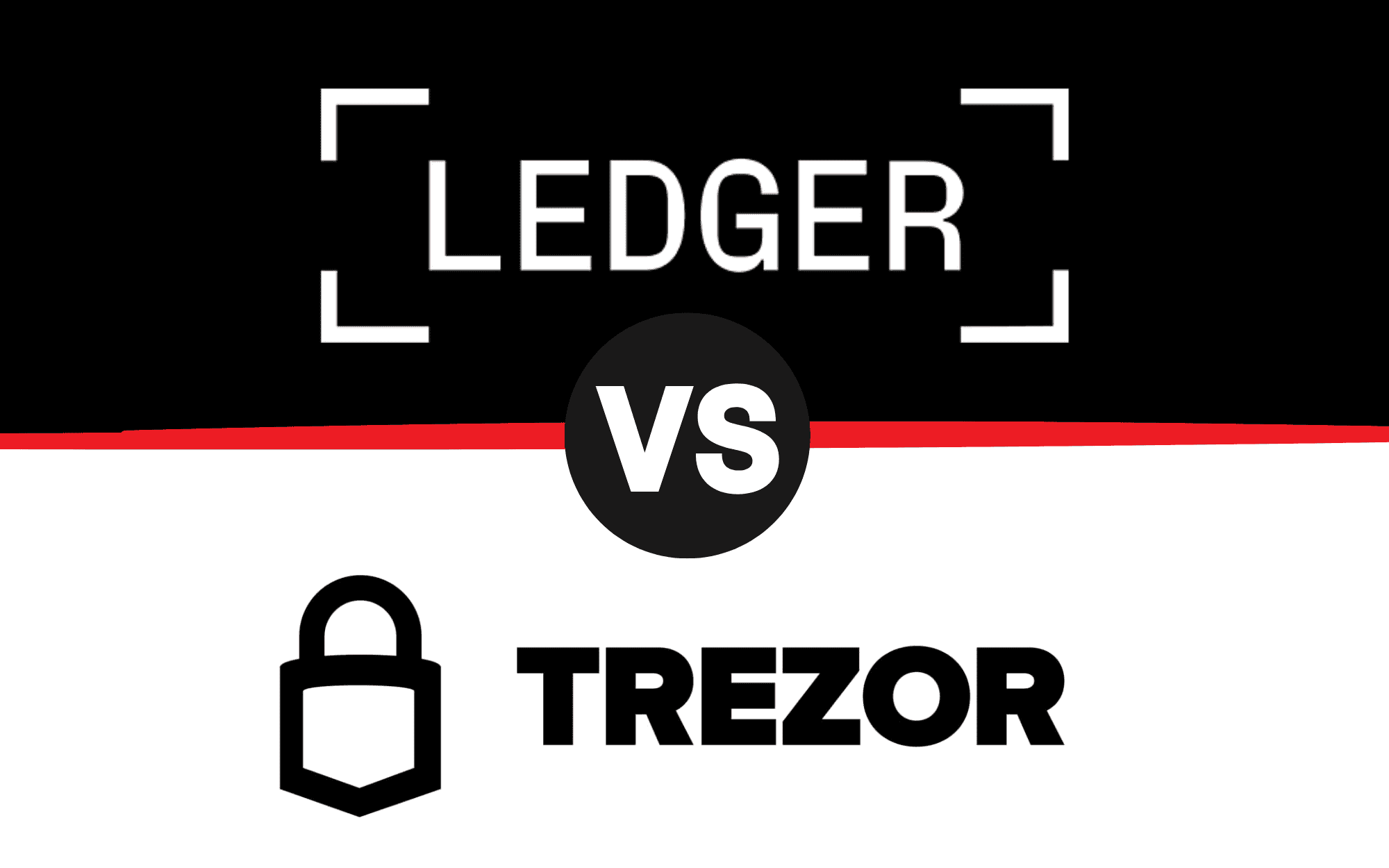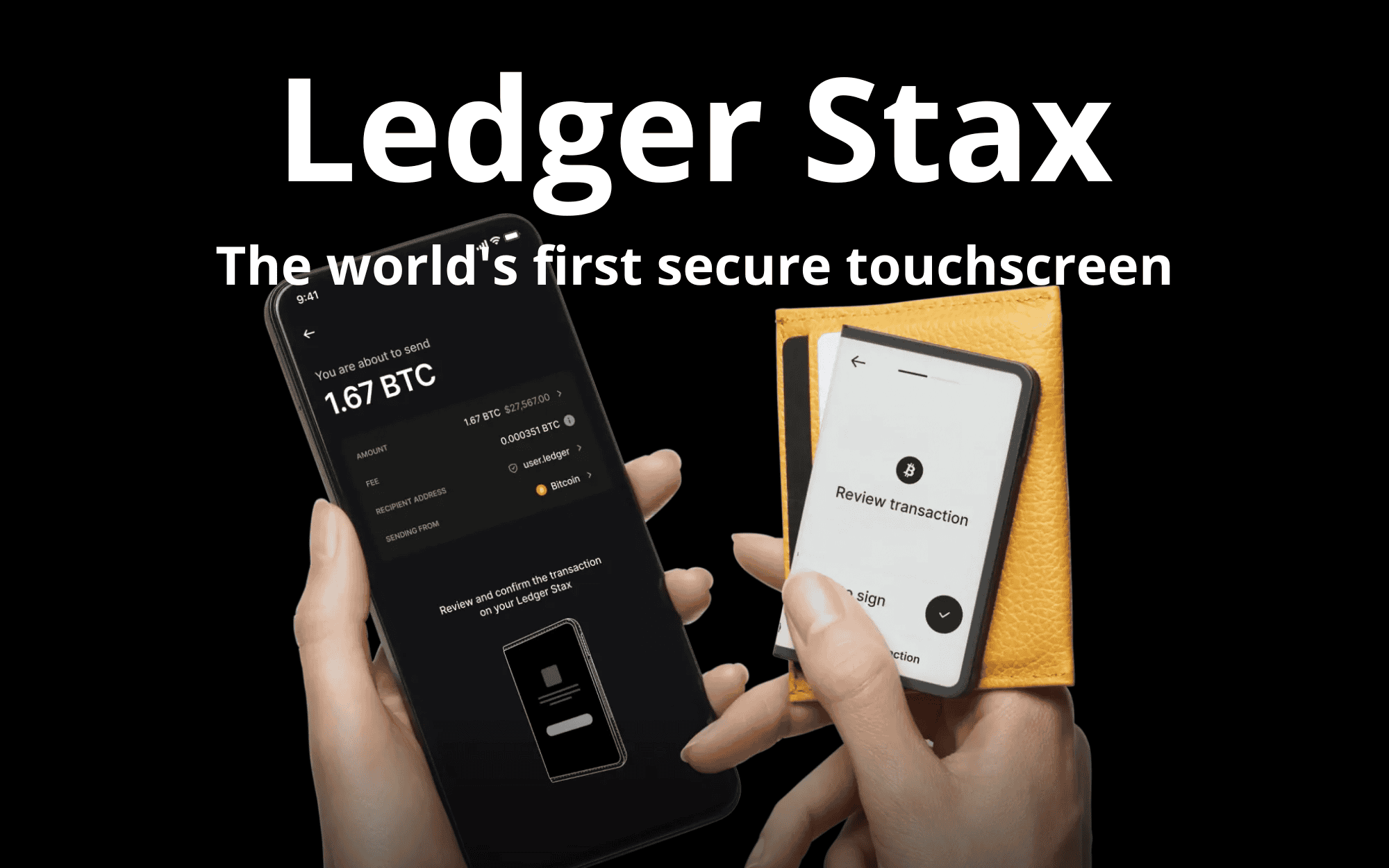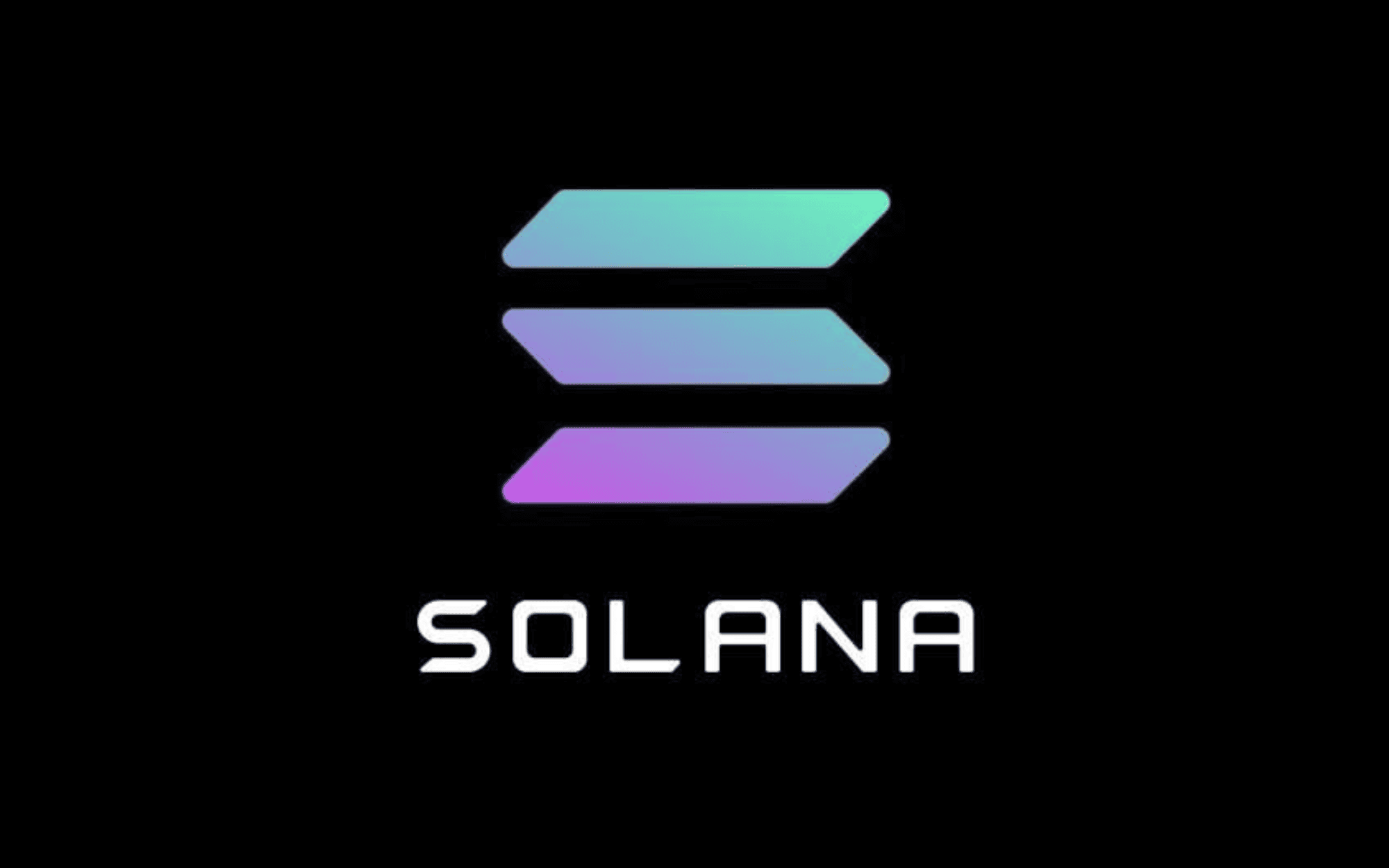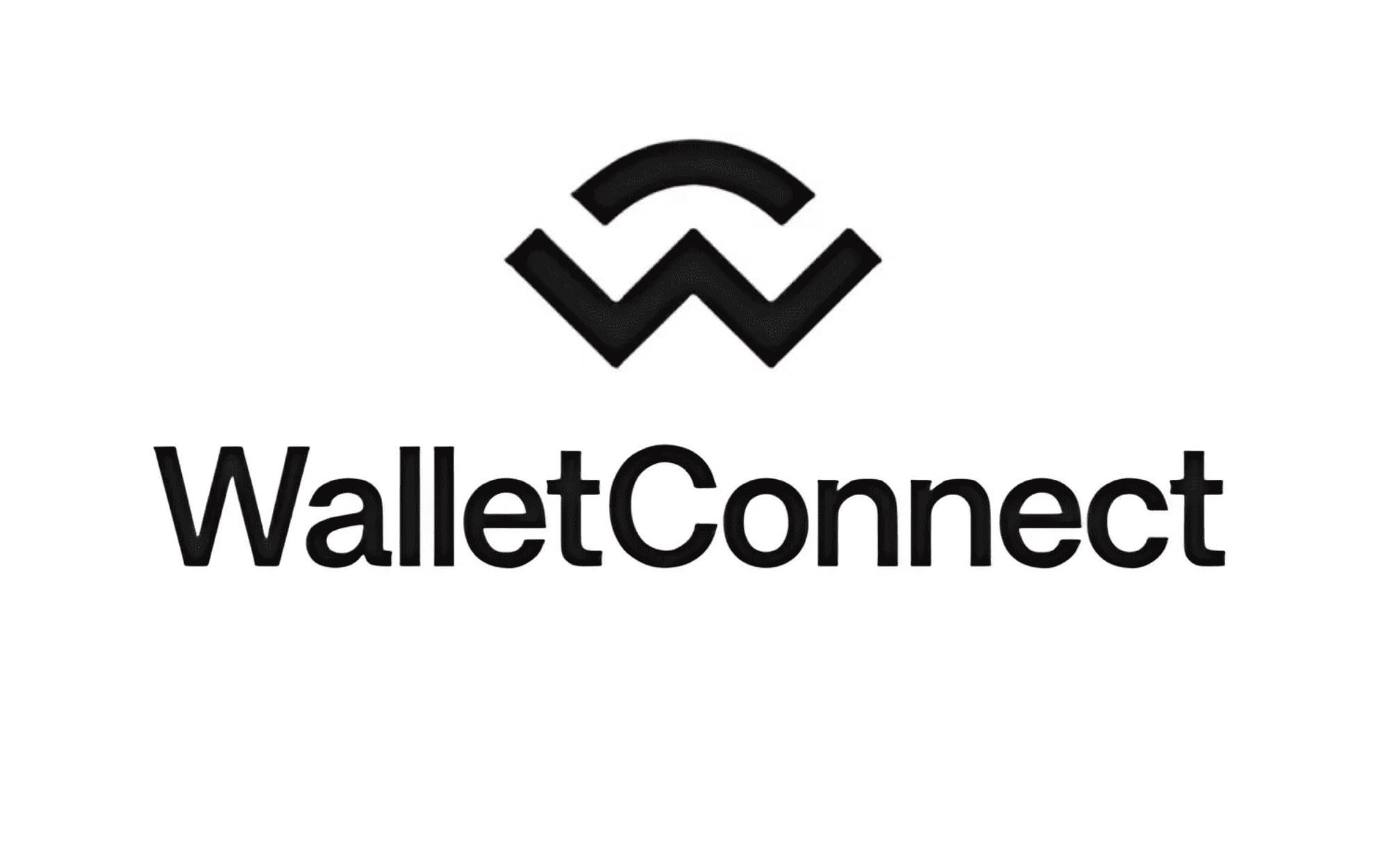As the cryptocurrency market continues to grow, reaching a $3 trillion valuation in 2025 with Bitcoin trading at $100,000, according to CoinMarketCap, securing your digital assets has never been more critical. Hardware wallets remain the gold standard for protecting your crypto from online threats, with Ledger and Trezor leading the industry. Both brands offer robust security, but they cater to different needs with distinct features, designs, and philosophies. In this detailed comparison of Ledger vs. Trezor for 2025, we’ll explore their security, usability, supported cryptocurrencies, pricing, and more to help you decide which wallet is the best fit for your crypto journey. Whether you’re a beginner or an advanced user, this guide will provide the insights you need to make an informed choice.
Overview of Ledger and Trezor: Pioneers in Crypto Security
Ledger and Trezor are two of the most trusted names in crypto hardware wallets, each with a strong reputation for security and innovation. Ledger, founded in 2014 in Paris, France, is known for its cutting-edge technology, particularly its use of Secure Element chips, which are also found in passports and credit cards. The company has sold over 1.5 million wallets since its inception, per Bitcourier.co.uk, and offers a range of models, including the Ledger Nano S Plus, Nano X, Flex, and the premium Ledger Stax, launched in May 2024. Ledger’s focus on integrating advanced features like staking and NFT management through its Ledger Live app makes it a favorite among users seeking a comprehensive crypto management solution.
Trezor, launched in 2013 by SatoshiLabs in Prague, Czech Republic, pioneered the hardware wallet market with the Trezor One, the first-ever crypto hardware wallet, as noted by Coinbureau.com. Trezor emphasizes transparency with its fully open-source software, appealing to users who value community-driven security. Its current lineup includes the Trezor One, Trezor Safe 3, and the premium Trezor Safe 5 (previously known as Model T), which features a color touchscreen and advanced security options like Shamir Backup. Both brands have loyal followings, but their approaches to security, usability, and functionality differ significantly, making this comparison essential for 2025 buyers.
Security Features: How Safe Are Ledger and Trezor in 2025?
Security is the primary concern when choosing a hardware wallet, and both Ledger and Trezor offer robust protection, though their approaches differ. Ledger uses a dual-chip architecture, including a bank-grade Secure Element chip (CC EAL6+ certified), which isolates private keys and performs cryptographic operations securely, as highlighted by Koinly.io. This chip, combined with Ledger’s proprietary Blockchain Open Ledger Operating System (BOLOS), provides strong protection against physical and digital attacks. Ledger devices also feature PIN protection, wiping the device after three incorrect attempts, and optional passphrase support for added security, per DailyCoin.com. However, Ledger’s firmware is closed-source, which has drawn criticism from transparency advocates, as noted by Coinledger.io. Additionally, Ledger faced a data breach in 2020 that exposed customer emails, raising concerns about privacy, though no funds were compromised, per DailyCoin.com.
Trezor, on the other hand, prioritizes transparency with its 100% open-source software, allowing the community to audit its code for vulnerabilities, as emphasized by Coinbureau.com. Trezor devices use a single-chip design and keep private keys offline with an air-gapped approach, reducing exposure to online threats, per Coinbureau.com. Features like PIN protection, passphrase support, and Shamir Backup (available on the Safe 5), which splits the recovery seed into multiple shares, enhance security, as noted by DailyCoin.com. Trezor enforces a delay after each incorrect PIN attempt, wiping the device after 16 failed tries, making brute-force attacks nearly impossible, per Bitcourier.co.uk. However, Trezor has faced vulnerabilities in the past—Kraken’s security division hacked a Trezor device during testing, though this required physical access and specialized equipment, as mentioned by Koinly.io.
In 2025, both wallets are highly secure for most users, but your choice may depend on your priorities. Ledger’s Secure Element chip offers superior protection against physical attacks, making it ideal for users concerned about theft. Trezor’s open-source approach appeals to those who value transparency and community oversight, though it may be slightly more vulnerable to physical exploits if the device falls into the wrong hands. Posts on X also reflect mixed sentiment—some users prefer Trezor due to Ledger’s past privacy issues, including a controversial 2023 feature that allowed seed phrase export, raising fears of government access, though Ledger has since addressed these concerns.
Design and Usability: Which Wallet Is Easier to Use?
The design and usability of a hardware wallet can significantly impact your experience, especially for beginners in 2025. Ledger devices are known for their sleek, modern designs. The Ledger Nano S Plus and Nano X resemble USB drives with stainless steel casings, offering durability and portability, as noted by Koinly.io. The Ledger Stax, however, stands out with its credit card-sized form factor (85mm x 54mm x 6mm, 45.2 grams) and a 3.7-inch curved E Ink touchscreen, designed by Tony Fadell, the former Apple engineer behind the iPod, per 99Bitcoins.com. This touchscreen provides a smartphone-like experience, making transaction verification and portfolio management intuitive, as detailed in our Ledger Stax Review 2025. Ledger devices also offer Bluetooth connectivity (on Nano X, Flex, and Stax), allowing seamless mobile integration with the Ledger Live app on iOS and Android, as highlighted by Theinvestorscentre.co.uk.
Trezor devices, made of plastic, are lighter but less stylish, with a more functional design, per Koinly.io. The Trezor One and Safe 3 use two-button navigation with a small monochrome screen, while the Safe 5 features a 240×240-pixel color touchscreen with Gorilla Glass 3 durability, improving usability, as noted by 99Bitcoins.com. Trezor lacks Bluetooth, prioritizing security by avoiding wireless connections, which some users on X appreciate for reducing potential attack surfaces. However, this limits mobile convenience—Trezor’s Android app (Trezor Suite Lite) is view-only, and iOS support is limited to browser-based connections, per Coinledger.io.
For usability, Ledger has the edge in 2025 with its mobile-friendly features and intuitive interfaces, especially on the Stax, which supports on-device NFT display and portfolio tracking, per 99Bitcoins.com. Trezor’s Safe 5 offers a better on-device experience with its color touchscreen, but its lack of Bluetooth and limited mobile app functionality make it less convenient for users on the go, as noted by Theinvestorscentre.co.uk. Beginners may find Ledger’s setup and navigation easier, while advanced users might prefer Trezor’s straightforward, security-focused design.
Supported Cryptocurrencies and Features: Which Wallet Offers More?
The range of supported cryptocurrencies and additional features can make or break your wallet choice in 2025. Ledger supports over 5,500 cryptocurrencies and tokens, including Bitcoin (BTC), Ethereum (ETH), Solana (SOL), Cardano (ADA), and all ERC-20 tokens, as well as NFTs on Ethereum and Polygon blockchains, per Coinledger.io. This broad support makes Ledger ideal for users with diverse portfolios. Ledger Live also allows staking for a wide range of coins, including ETH, SOL, ADA, XTZ, DOT, TRX, ATOM, and more, enabling users to earn passive income while keeping private keys offline, as noted by Tokentax.co. The app’s integration with DeFi platforms like MetaMask and built-in swaps for buying, selling, and trading coins adds versatility, per Koinly.io.
Trezor officially supports around 1,500 cryptocurrencies, including BTC, ETH, LTC, and ERC-20 tokens, but it has been criticized for being slow to add new altcoins like ATOM and DOT, as mentioned by Coinledger.io. The Trezor Safe 5 supports staking for a smaller range of coins, including ALGO, SOL, ATOM, ADA, ONT, and XTZ, often requiring third-party integrations, per Tokentax.co. Trezor Suite offers similar functionality to Ledger Live, such as sending, receiving, and trading crypto, but its mobile app lacks the ability to send or receive funds, limiting its functionality, per Coinledger.io. Trezor’s open-source nature also allows integration with privacy tools like Tor, appealing to privacy-focused users, as noted by 99Bitcoins.com.
In 2025, Ledger clearly leads in coin support and feature set, making it the better choice for users with diverse assets or those interested in staking and NFT management. Trezor, while more limited, offers unique privacy features and is sufficient for users focused on major coins like Bitcoin and Ethereum, as highlighted by Theinvestorscentre.co.uk. For more on managing diverse portfolios, check out our guide on How to Choose a Secure Crypto Wallet in 2025.
Pricing and Value: Which Wallet Offers the Best Deal?
Price is a key factor when choosing a hardware wallet in 2025, especially for budget-conscious users. Ledger’s lineup includes the Nano S Plus ($79), Nano X ($149), Flex ($249), and Stax ($399), per Coinledger.io. The Nano S Plus is an affordable entry-level option with solid security, while the Nano X adds Bluetooth for mobile users. The Flex and Stax are premium models, with the Stax offering advanced features like wireless charging and a large E Ink touchscreen, justifying its higher price for NFT collectors and advanced users, as noted by 99Bitcoins.com.
Trezor’s models are generally more affordable, with the Trezor One at $59, the Safe 3 at $79, and the Safe 5 (previously Model T) at $179, per Tokentax.co. The Trezor One is the cheapest option, though it supports fewer coins, lacking compatibility with XRP, XMR, and ADA, as mentioned by Koinly.io. The Safe 5, with its color touchscreen and Shamir Backup, offers a balance of price and functionality, making it a cost-effective choice for users seeking advanced features without breaking the bank, per Theinvestorscentre.co.uk.
In terms of value, Trezor wins for budget-conscious users in 2025, offering robust security at a lower price point. Ledger, while more expensive, provides greater versatility with its broader coin support, staking options, and mobile integration, making it worth the investment for users who need these features, as highlighted by Coinledger.io. Your choice will depend on whether you prioritize cost savings or premium functionality.
Pros and Cons: Breaking Down the Trade-Offs
Both Ledger and Trezor have distinct strengths and weaknesses in 2025, making it easier to identify which wallet suits your needs. Ledger’s pros include its support for over 5,500 coins, extensive staking options, and seamless mobile integration via Bluetooth, as noted by Theinvestorscentre.co.uk. The Ledger Stax’s innovative design and NFT management capabilities make it a favorite for collectors, per 99Bitcoins.com. However, its closed-source firmware and past privacy issues, like the 2020 data breach, may deter transparency-focused users, as mentioned by DailyCoin.com. The higher price of premium models like the Stax ($399) is also a drawback for budget users, per Tokentax.co.
Trezor’s pros include its open-source software, which enhances transparency, and its affordability, with the Trezor One starting at $59, per Coinledger.io. The Safe 5’s Shamir Backup and privacy features like Tor support appeal to security-conscious users, as noted by 99Bitcoins.com. However, Trezor supports fewer coins (around 1,500), lacks Bluetooth, and has a less robust mobile app, limiting its convenience, per Coinledger.io. Past vulnerabilities to physical attacks, as demonstrated by Kraken’s security tests, also raise concerns, though these require specialized skills, per Koinly.io.
For beginners or users with diverse portfolios, Ledger offers a more feature-rich experience, while Trezor is better for those who prioritize transparency and lower costs, as suggested by Theinvestorscentre.co.uk. To explore other wallet options, check out this external guide on 9 Best Crypto Wallets for 2025.
Which Wallet Should You Choose in 2025?
Choosing between Ledger and Trezor in 2025 depends on your specific needs and priorities. Ledger is the better choice for users who need broad coin support, mobile convenience, and advanced features like staking and NFT management. The Ledger Stax, with its premium design and functionality, is ideal for NFT collectors and DeFi enthusiasts, while the Nano X offers a balance of features and price for most users, as noted by Theinvestorscentre.co.uk. However, if you’re concerned about transparency or have been put off by Ledger’s past privacy issues—like the 2020 data breach or the controversial 2023 seed phrase export feature mentioned in posts on X—Ledger might not be your top pick.
Trezor is the better option for budget-conscious users who value open-source transparency and privacy features. The Trezor Safe 5 provides a solid mix of security and usability with its color touchscreen and Shamir Backup, making it a great choice for long-term holders or privacy enthusiasts, per 99Bitcoins.com. However, if you need to manage a wide range of altcoins or prefer mobile accessibility, Trezor’s limitations may be a dealbreaker, as highlighted by Coinledger.io.
Ultimately, both wallets are highly secure and reliable in 2025, but Ledger edges out for its versatility and user-friendly features, while Trezor appeals to those who prioritize transparency and affordability. Ready to secure your crypto? Explore our detailed Ledger Stax Review 2025 to see if it’s the right fit, or learn more about wallet security in our guide on How to Choose a Secure Crypto Wallet in 2025. For trading tips, check out our Top KuCoin Trading Tips for Beginners in 2025.












